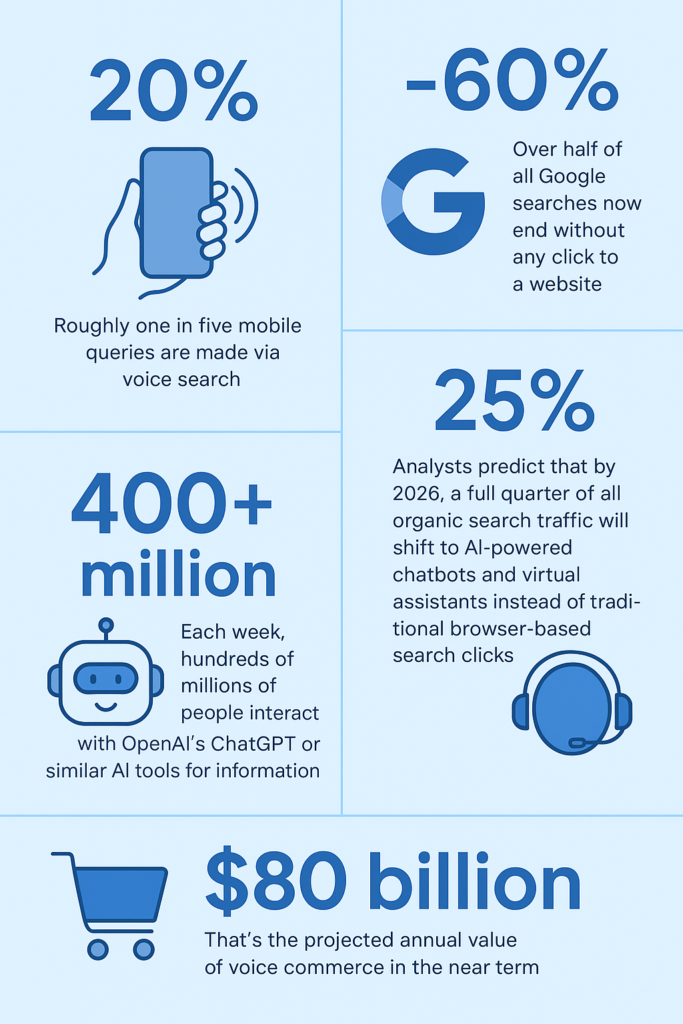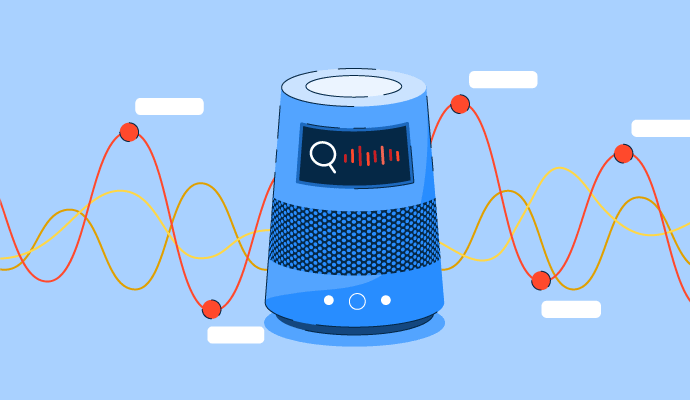From SEO to AEO: Future‑Proofing Your Online Visibility in the AI Era
In the early days of digital marketing, Search Engine Optimization (SEO) was king – the art of getting your website to rank higher on Google’s results pages. But today, the way people search is evolving. We’re entering the era of Answer Engine Optimization (AEO) – where being the answer, not just one of many links, is the new currency of digital visibility. Increasingly, users are turning to voice assistants, AI chatbots, and smart search results that provide instant answers without a click.

This landing page will guide you through what AEO is, how it differs from traditional SEO, and why both are critical to ensure your website remains visible and relevant in a landscape dominated by AI-driven search on platforms like Google, Bing, Siri, Alexa, and ChatGPT.

Answer Engine Optimization (AEO) is the practice of optimizing your content so that search platforms can directly provide answers to user queries – rather than just listing your site as one result among many. In other words, AEO focuses on making your content the precise answer that an “answer engine” (like a voice assistant, an AI chatbot, or Google’s featured snippets) delivers to the user. For example, if someone asks a voice assistant “How do I improve indoor air quality at home?”, an AEO-optimized site would have content structured to directly answer that question, increasing the chance the assistant reads out or displays your answer.
What is AEO (Answer Engine Optimization)?
This differs from traditional SEO, which primarily aims to improve your ranking on search engine results pages (SERPs) so that users click through to your website. SEO is about earning visibility as a link, whereas AEO is about earning visibility as an answer. Below is a comparison of key differences between SEO and AEO:
Comparison: SEO vs. AEO
| Aspect | Traditional SEO | Answer Engine Optimization (AEO) |
|---|---|---|
| Primary Platforms | Search engines (Google, Bing) – text-based results pages | “Answer engines” – featured snippets, Knowledge Panels, voice assistants, AI chatbots |
| Typical Queries | Short keywords or phrases (e.g. “air purifier tips”) | Full questions in natural language (e.g. “How to improve indoor air quality?”) |
| Core Goal | Increase rankings & clicks to your site | Deliver the best direct answer to satisfy a query (even if no click occurs) |
| Content Approach | In-depth content targeting keywords; answer may be buried in text | Answer-focused content: pose clear questions and give concise answers up front |
| Technical Focus | Standard SEO (crawlability, mobile-friendly, page speed, meta tags) | Plus extra markup (Schema.org structured data) and formats for easy AI extraction |
| Success Metrics | Organic traffic, rankings, click-through rate (CTR), conversions | Appearances as an answer: featured snippet count, voice assistant mentions, AI chatbot citations |
Table: Key differences between SEO and AEO. While SEO focuses on getting users to click on your link, AEO focuses on satisfying the query outright with your content.
Despite these differences, SEO and AEO are complementary strategies, not opposites. Both ultimately aim to increase your visibility and meet user needs. In fact, many AEO tactics build on SEO fundamentals. A solid SEO foundation – quality content, authoritative backlinks, fast and mobile-friendly pages – is often a prerequisite for effective AEO. Think of AEO as the next evolution of SEO: you still need to optimize for search engines, but now you’re also optimizing beyond the click, so that even when Google or Siri doesn’t send the user to your site, your brand is still the one answering their question.
Why AEO Matters in Today’s AI-Driven Landscape
Search behavior is changing rapidly. Modern consumers expect quick, concise answers at their fingertips (or on the tip of their tongue). They are increasingly using voice commands, virtual assistants, and AI-powered search tools to get information instantly, often without clicking through to a website. Here are some eye-opening facts and trends that underline why Answer Engine Optimization has become critical:

Voice-activated smart assistants are now ubiquitous. Website owners must adapt their content for hands-free, conversational queries as voice and AI-based searches surge.
These trends all point to a fundamental truth: users want answers, not links. If the information they need can be delivered in a summary, a snippet, or a spoken response, they prefer that over digging through webpages. This is why AEO matters. Your content needs to be present wherever and however people are searching. If you rely only on traditional SEO (getting ranked and clicked), you risk losing visibility as more searches become zero-click or AI-driven. But if you embrace AEO – structuring your content to be the featured answer – you can maintain and even grow your reach, even when users don’t click through to your site directly.

